The origins of Hamas
Where did the armed Palestinian group that rules Gaza come from, and what are its aims?
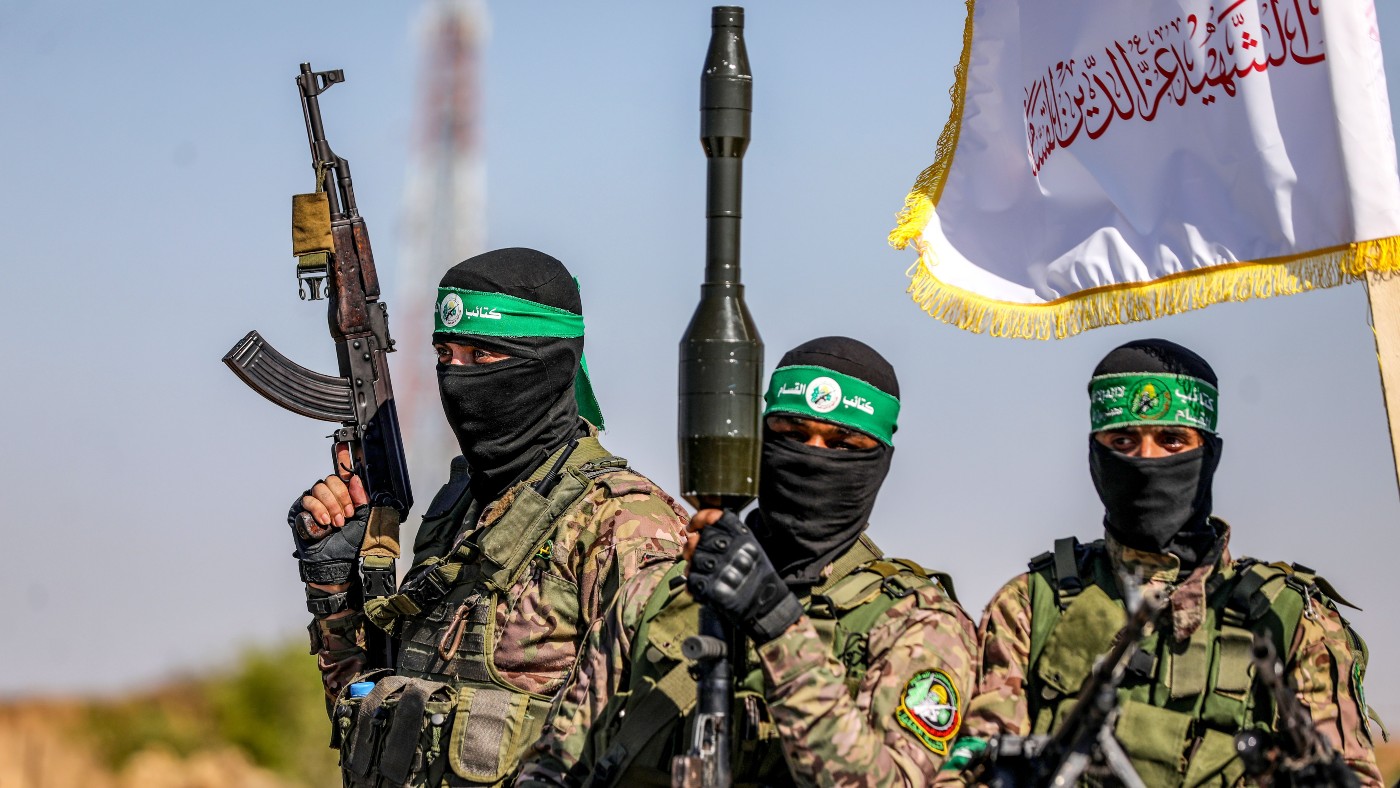
On 7 October Hamas launched an unprecedented attack on Israel, killing 1,400 people and taking more than 200 hostages.
In the last two weeks, at least 3,700 people have been killed in Gaza as Israel launched retaliatory air strikes.
As the conflict continues, The Week takes a look at Hamas's origins.
The Week
Escape your echo chamber. Get the facts behind the news, plus analysis from multiple perspectives.

Sign up for The Week's Free Newsletters
From our morning news briefing to a weekly Good News Newsletter, get the best of The Week delivered directly to your inbox.
From our morning news briefing to a weekly Good News Newsletter, get the best of The Week delivered directly to your inbox.
What are Hamas's origins?
It grew out of the Muslim Brotherhood, a Sunni Islamist movement. The Brotherhood's Palestinian wing, founded in the 1940s, was initially not involved in the armed struggle against Israel – which was led by the secular Palestine Liberation Organisation (PLO) – and instead devoted itself to charitable and religious work. But during the first Intifada, a violent uprising against the Israeli occupation of the Palestinian territories that began in 1987, it turned to militancy, as the PLO started to negotiate with Israel. It was in that year that Hamas was officially co-founded by the Gaza-based quadriplegic cleric Sheikh Ahmed Yassin.
What does Hamas want?
Hamas's charter, published in 1988, calls for the destruction of Israel and the establishment of an Islamic society in historic Palestine. Article 11 asserts a God-given right to "every inch of Palestine". The charter is explicitly genocidal: it imagines a day of judgment, when Jews try to hide but are slaughtered by Muslims. It also blames Jewish "scheming" for many tumultuous events in world history, from the French Revolution to the First World War. In 2017, Hamas published a new policy document that avoided the aggressive antisemitism of the charter, and proposed a long-term ceasefire with Israel, a hudna. But it has never recognised the Israeli state, and recent actions suggest its ideology has not softened. "This land is ours, Al-Quds [Jerusalem] is ours, everything is ours," its political leader, Ismail Haniyeh, told Israelis after the 7 October attacks. "You are strangers in this pure and blessed land. There is no place or safety for you."
What did it do in its early years?
Initially, Hamas abducted and killed Israeli soldiers. It tried to undermine any political settlement, first employing suicide bombers in April 1993, five months before the PLO leader Yasser Arafat and Israeli prime minister Yitzhak Rabin signed the Oslo Accords. For its first seven years, Hamas only attacked what it called legitimate military targets; but it began to target Israeli civilians after the killing of 29 Palestinians in a mosque in Hebron in the West Bank by an Israeli settler, Baruch Goldstein, in 1994. If the Israelis did not distinguish between "fighters and civilians" then it would be "forced to treat the Zionists in the same manner", it stated at the time. A series of horrific bus suicide bombings followed. These attacks bolstered its status among Palestinians.
Why did this make it popular?
Hamas's brand – indeed, its name – is resistance. Many Palestinians believed, and still believe, that the PLO struck a poor peace deal with Israel in 1993, which was never honoured. They never got their own state. The Palestinian National Authority, run by the PLO's political wing, Fatah, was and still is widely seen as powerless and corrupt. The West Bank has remained under Israeli military control (although arguably Hamas's militancy made further steps towards a two-state solution impossible). Hamas is still seen by many Palestinians as the last defender of their cause; a recent poll suggested that a third of them would vote for its political wing.
A free daily email with the biggest news stories of the day – and the best features from TheWeek.com
How did it win power in Gaza?
In 2005, Israel withdrew unilaterally from Gaza (which doesn't have the same strategic value to it as the West Bank). In 2006, in the second Palestinian parliamentary elections, Hamas unexpectedly won. Fatah refused to accept the result. A brief, brutal civil war between the two factions followed, which left Fatah in control in the West Bank, and Hamas in Gaza. Hamas, blockaded in Gaza by Israel since, has used it as a launchpad for a series of raids and rocket attacks on Israel, resulting in many conflicts and two full-blown wars, in 2008-2009 and 2014, before the present one.
How is Hamas organised?
Hamas's political leadership operates in exile in Doha, Qatar, led by Ismail Haniyeh, who was elected in 2006 (Hamas has held no elections since then). Day-to-day affairs in Gaza are overseen by Yahya Sinwar, who served 22 years in an Israeli prison for the killing of two Israeli soldiers. Its military wing – the Al-Qassam Brigades – is led by Mohammed Deif. Deif, a nom de guerre, means "the guest", a reference to his habit of staying with different sympathisers each night to avoid detection; a 2014 Israeli air strike killed his wife and two children. Many Hamas leaders, from Sheikh Yassin on, have been assassinated by Israel.
How is it funded?
Gaza relies on aid, largely from Qatar and the UN, to feed and care for its poor. (Before the war, unemployment was at 45%.) Hamas makes money by taxing goods brought in through its network of tunnels from Egypt. Historically, it has been funded by the Palestinian diaspora, donors in the Persian Gulf, and sympathetic states such as Turkey. Its biggest current donor is Iran; the US says Tehran provides up to $100m per year to Hamas and Palestinian Islamic Jihad.
How does it justify its atrocities?
To some extent, it doesn't: a senior Hamas member, Moussa Abu Marzouk, denies that civilians were targeted. Despite the clear evidence, he claims that all those attacked were either soldiers or armed "settlers"; and that those killed at the Supernova rave could have been mistaken for "resting" soldiers. In defence of Hamas's violence, Abu Marzouk claims that Palestinians have no alternative: "Nothing has been achieved towards the idea of two states, from 1948 until today. We are a people under occupation." What would you do, he asked one journalist, if you were "forced to live in a cage"?
-
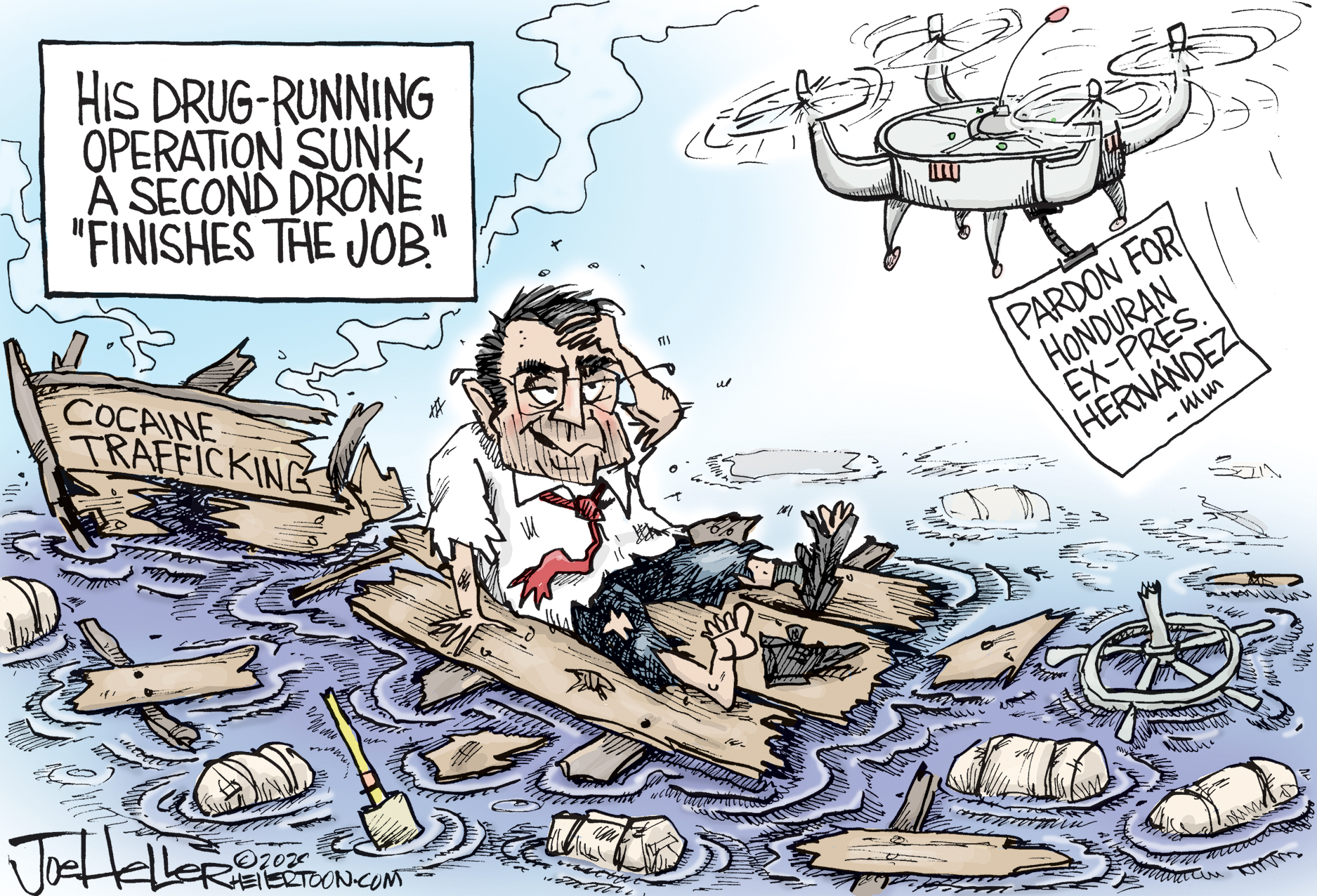 Political cartoons for December 6
Political cartoons for December 6Cartoons Saturday’s political cartoons include a pardon for Hernandez, word of the year, and more
-
 Pakistan: Trump’s ‘favourite field marshal’ takes charge
Pakistan: Trump’s ‘favourite field marshal’ takes chargeIn the Spotlight Asim Munir’s control over all three branches of Pakistan’s military gives him ‘sweeping powers’ – and almost unlimited freedom to use them
-
 Codeword: December 6, 2025
Codeword: December 6, 2025The daily codeword puzzle from The Week
-
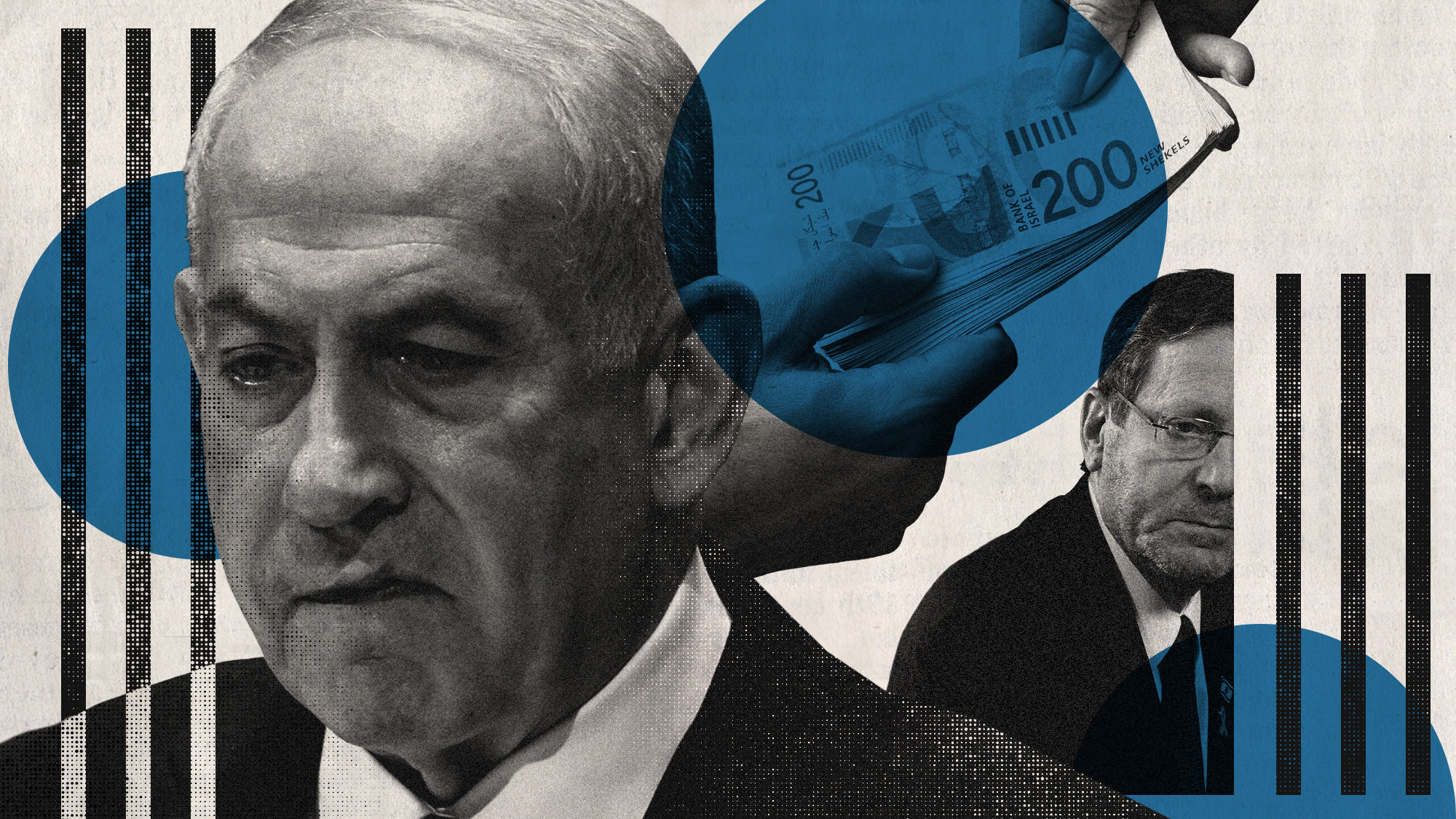 Will Netanyahu get a pardon?
Will Netanyahu get a pardon?Today's Big Question Opponents say yes, if he steps down
-
 ‘It is their greed and the pollution from their products that hurt consumers’
‘It is their greed and the pollution from their products that hurt consumers’Instant Opinion Opinion, comment and editorials of the day
-
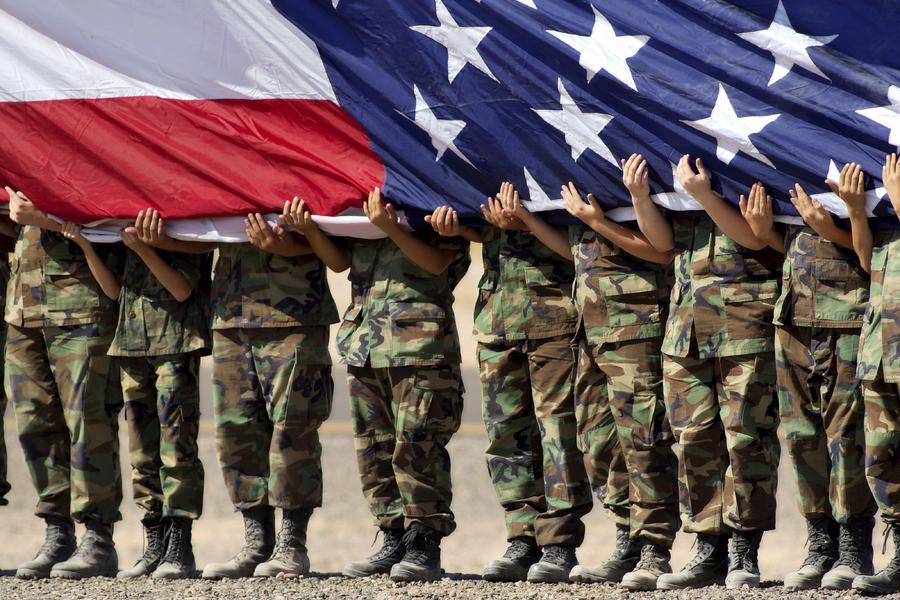 The military: When is an order illegal?
The military: When is an order illegal?Feature Trump is making the military’s ‘most senior leaders complicit in his unlawful acts’
-
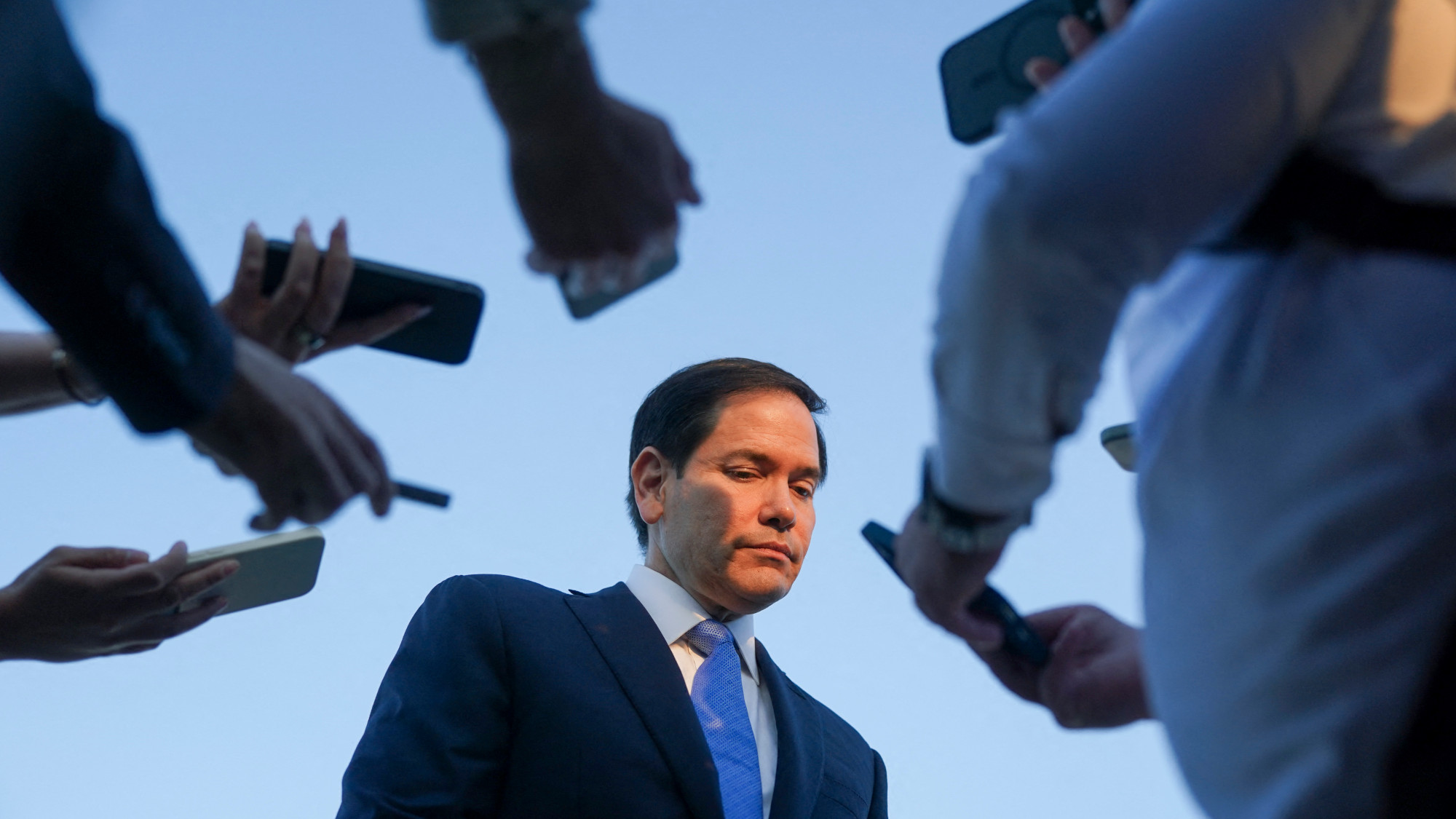 Ukraine and Rubio rewrite Russia’s peace plan
Ukraine and Rubio rewrite Russia’s peace planFeature The only explanation for this confusing series of events is that ‘rival factions’ within the White House fought over the peace plan ‘and made a mess of it’
-
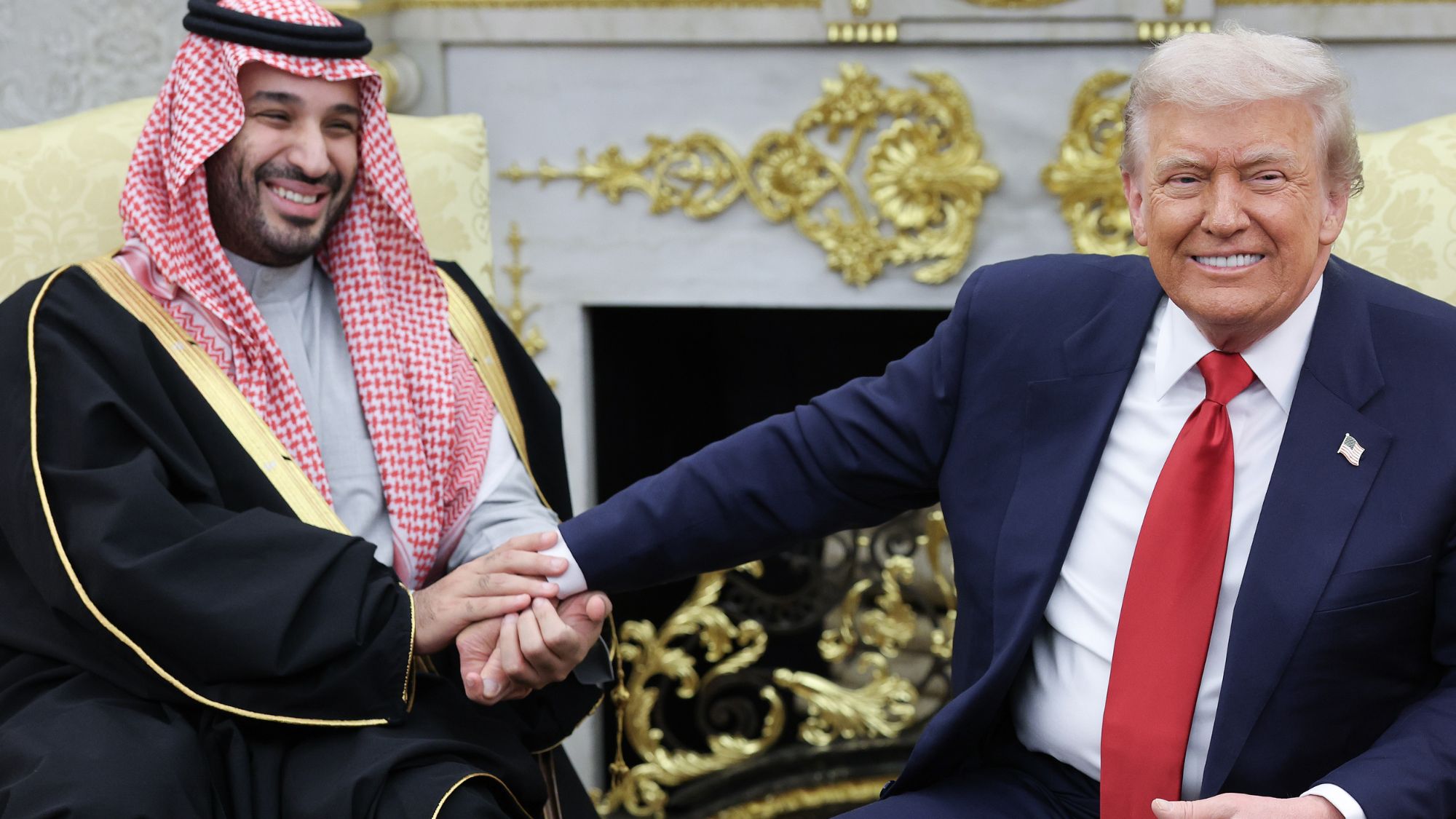 The US-Saudi relationship: too big to fail?
The US-Saudi relationship: too big to fail?Talking Point With the Saudis investing $1 trillion into the US, and Trump granting them ‘major non-Nato ally’ status, for now the two countries need each other
-
 Nigel Farage: was he a teenage racist?
Nigel Farage: was he a teenage racist?Talking Point Farage’s denials have been ‘slippery’, but should claims from Reform leader’s schooldays be on the news agenda?
-
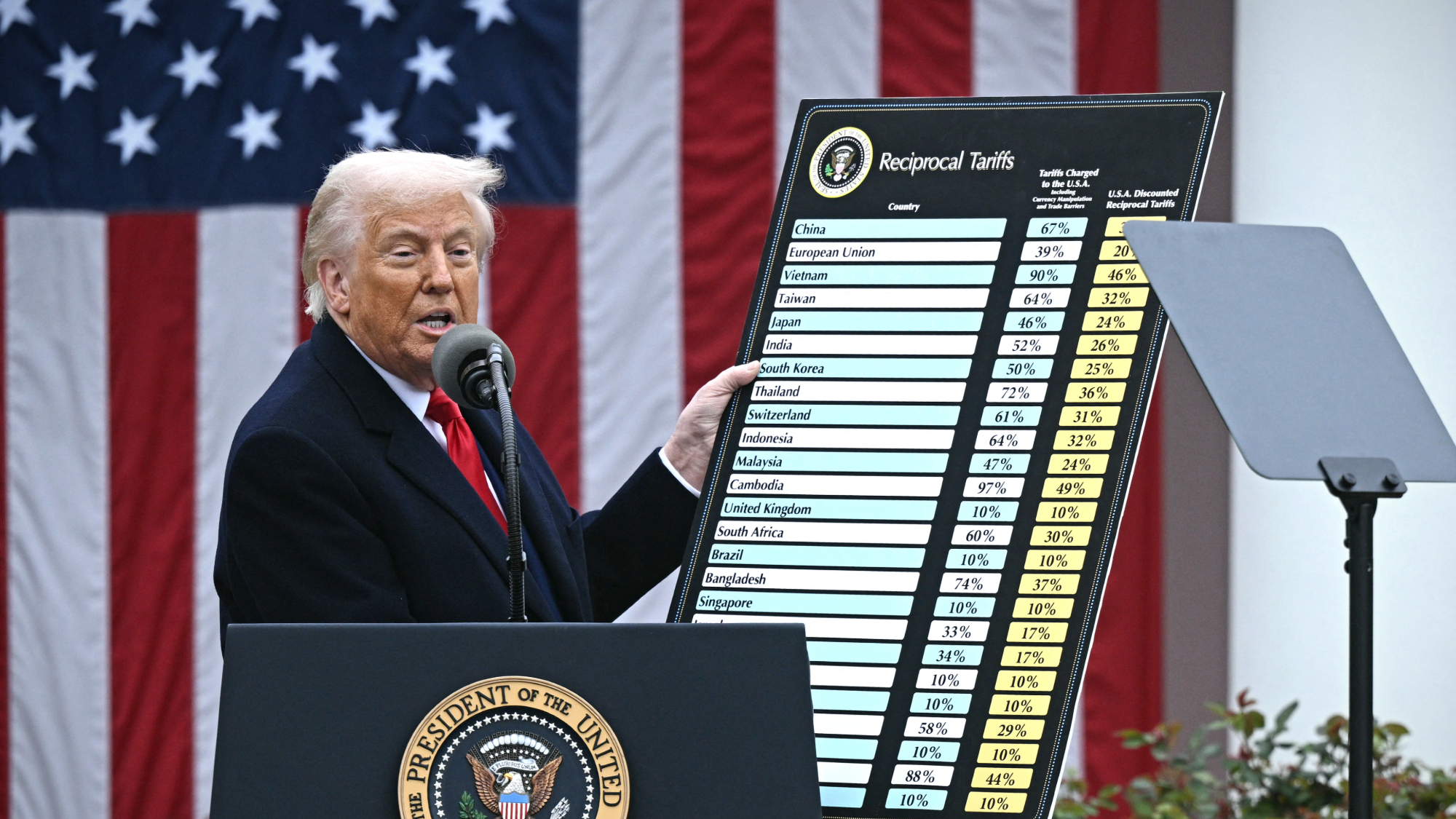 Tariffs: Will Trump’s reversal lower prices?
Tariffs: Will Trump’s reversal lower prices?Feature Retailers may not pass on the savings from tariff reductions to consumers
-
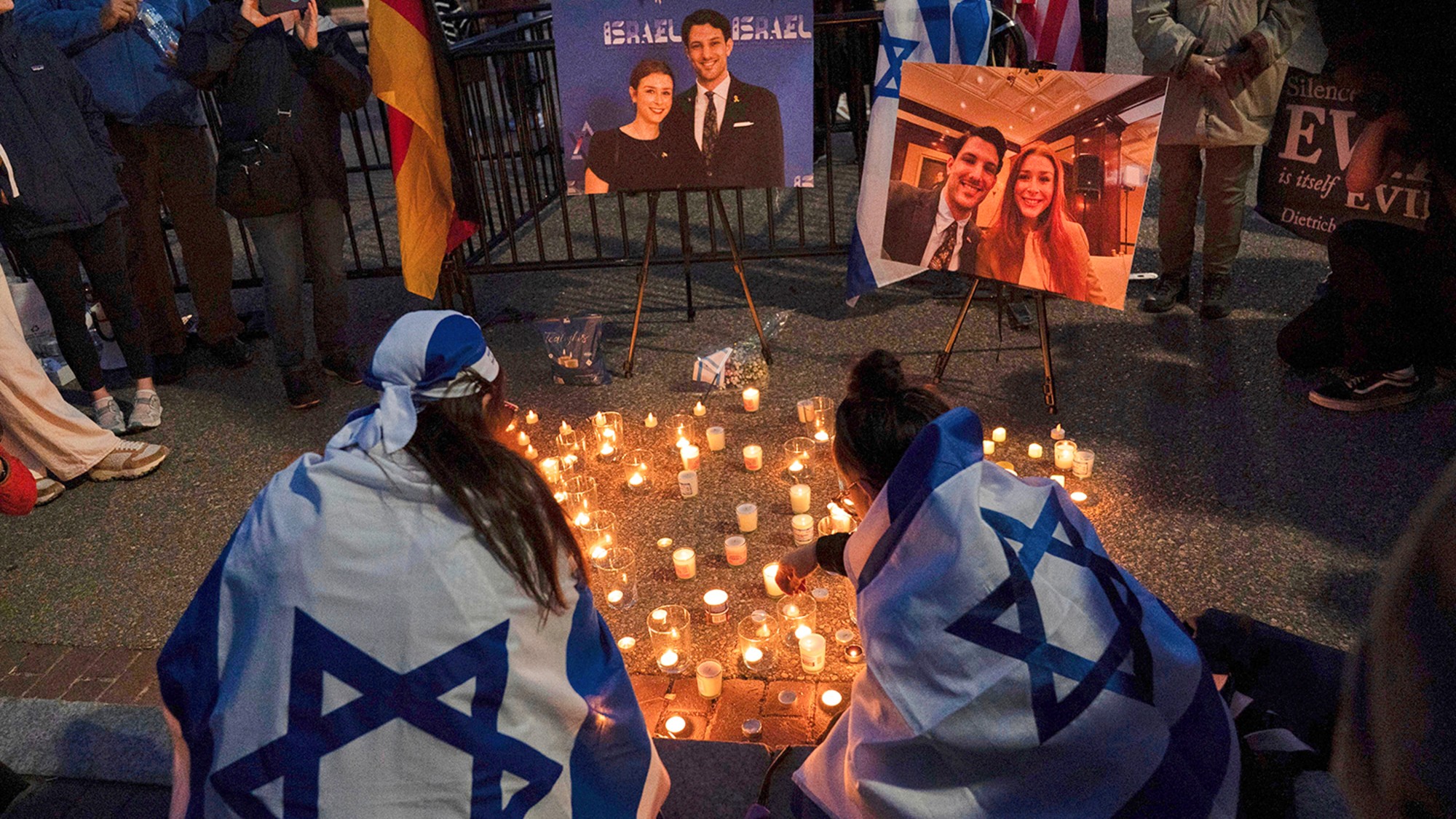 American antisemitism
American antisemitismFeature The world’s oldest hatred is on the rise in U.S. Why?